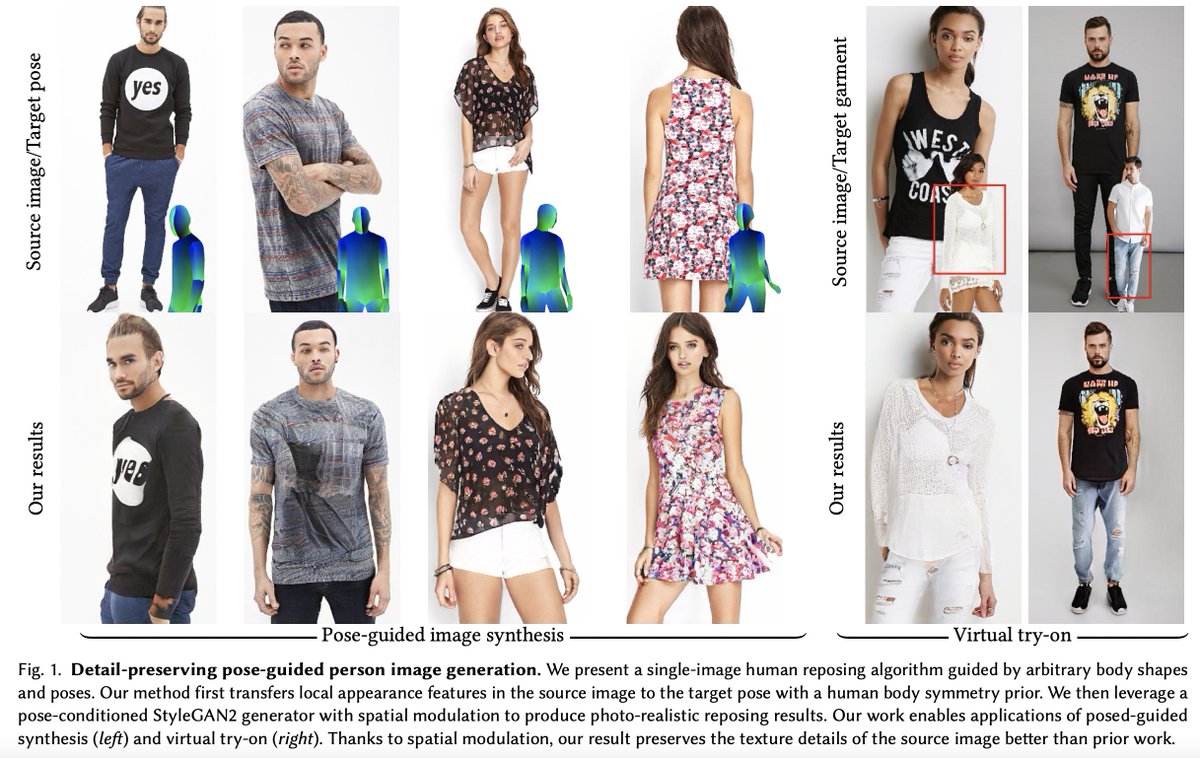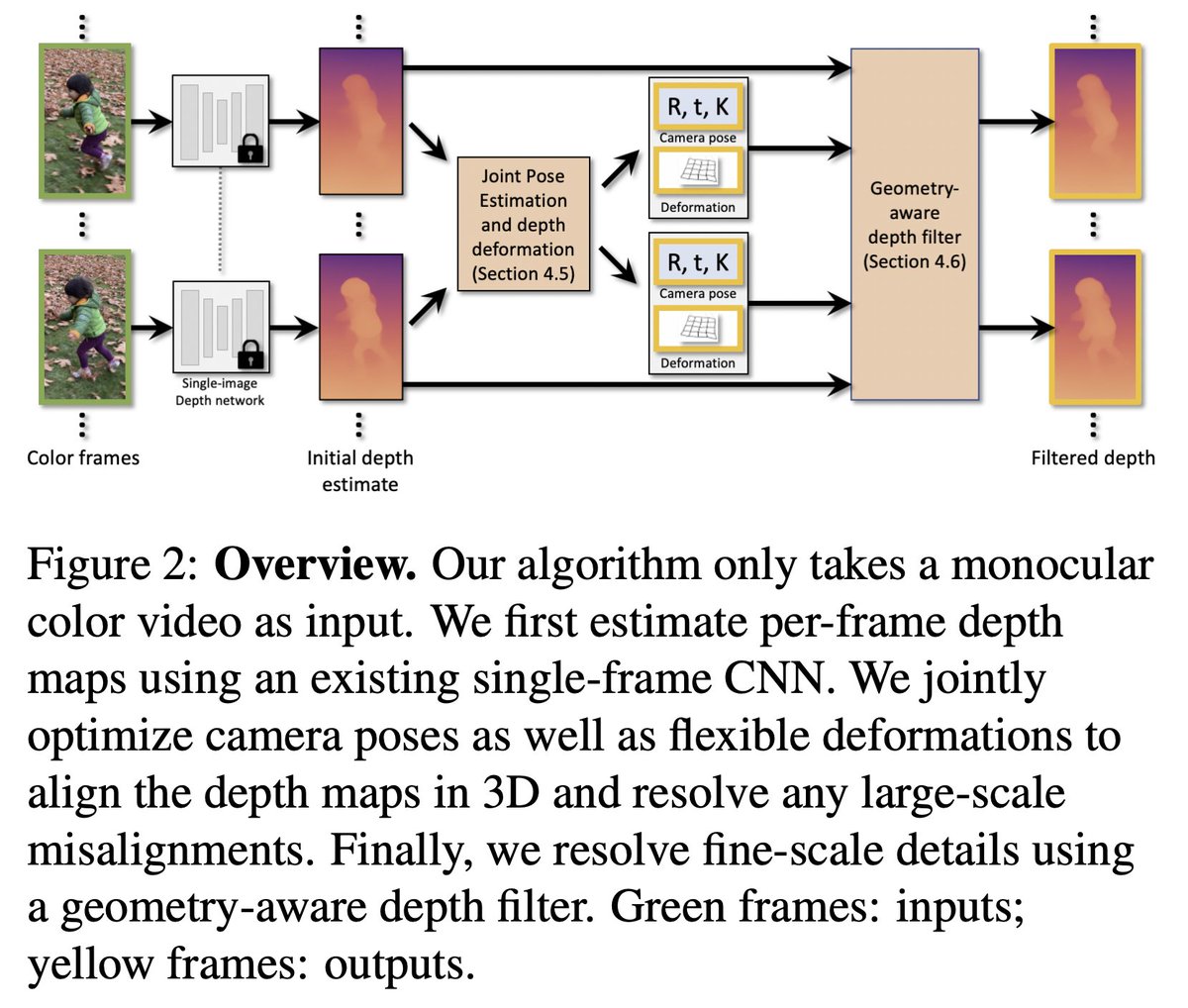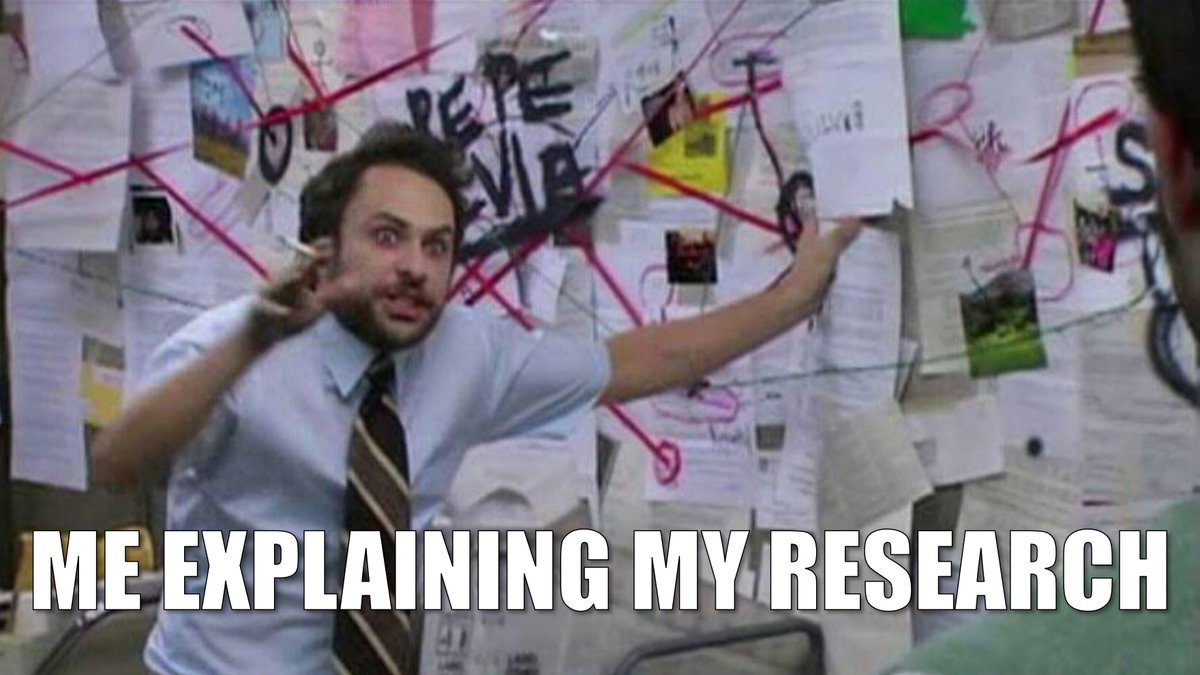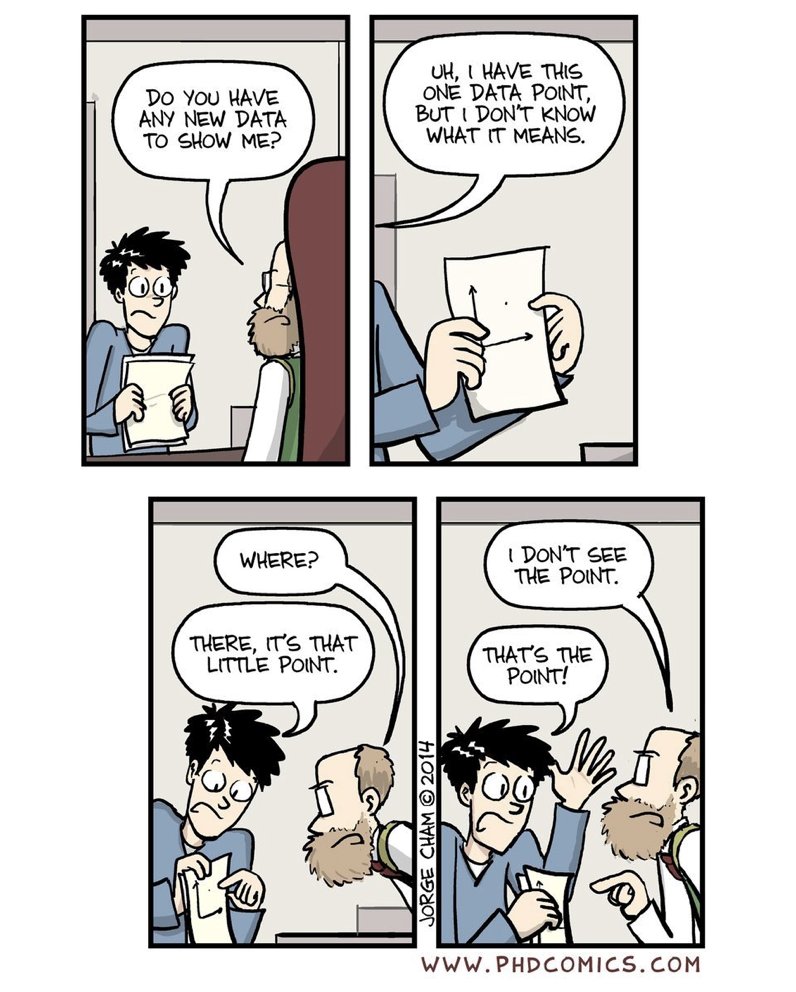How to write a paper that looks like a good one?
You worked super hard and did great research, but somehow the reviewer 2 just doesn't buy it. Why? 🤔
It's probably because your paper does not look like a good paper *visually*. 🙄
How? 👇👇👇 #AcademicTwitter
You worked super hard and did great research, but somehow the reviewer 2 just doesn't buy it. Why? 🤔
It's probably because your paper does not look like a good paper *visually*. 🙄
How? 👇👇👇 #AcademicTwitter
*Figure 1: WHAT did you do?*
Nothing is more frustrating than not being able to figure out what the paper is about until page 5. 😠Show a TEASER figure on the very first page highlighting the inputs/outputs/key findings.
Nothing is more frustrating than not being able to figure out what the paper is about until page 5. 😠Show a TEASER figure on the very first page highlighting the inputs/outputs/key findings.
*Figure 2: WHY did you do it?*
Motivate and justify the key insights/ideas of your work. It is often helpful to illustrate this more clearly by
1) SIMPLIFYING with a toy example and
2) CONTEXTUALIZING with prior work.
Motivate and justify the key insights/ideas of your work. It is often helpful to illustrate this more clearly by
1) SIMPLIFYING with a toy example and
2) CONTEXTUALIZING with prior work.
*Figure 3: HOW did you do it?*
Show an *overview* figure on how your method works. Label everything so that it provides a clear roadmap of the entire paper.
Show an *overview* figure on how your method works. Label everything so that it provides a clear roadmap of the entire paper.
*Move figures/tables to the top*
Add "[!t]" parameter to your figure/table so that LaTeX will try placing them on the top of the page. Why?
Figures/tables are much easier to understand than reading plain texts. Moving them to the top helps readers quickly understand your work.
Add "[!t]" parameter to your figure/table so that LaTeX will try placing them on the top of the page. Why?
Figures/tables are much easier to understand than reading plain texts. Moving them to the top helps readers quickly understand your work.
*Self-contained figure/table caption*
Whatever you want to say for the figure/table, say them in the caption. It's annoying to find and match the corresponding texts describing the figure/table in your paper.
More on avoiding mental correspondence:
Whatever you want to say for the figure/table, say them in the caption. It's annoying to find and match the corresponding texts describing the figure/table in your paper.
More on avoiding mental correspondence:
https://twitter.com/jbhuang0604/status/1279992087497314305
*Concise notations*
Use SINGLE letters for your math notations. Examples:
• Color_j -> C_j
• Net -> F(\cdot)
All the other descriptions should be within
\mathrm
Use SINGLE letters for your math notations. Examples:
• Color_j -> C_j
• Net -> F(\cdot)
All the other descriptions should be within
\mathrm
*Short titles*
Add titles (e.g., using \paragraph) to your figure/table captions and the main texts. They make your paper more structured and organized and help your readers navigate the paper with ease.
Add titles (e.g., using \paragraph) to your figure/table captions and the main texts. They make your paper more structured and organized and help your readers navigate the paper with ease.
*Clean table*
Follow simple design principles for making clean a table:
• no \line, use \toprule, \midrule, \bottomrule
• no vertical lines
• left align text
• center align numbers
• group and remove repetition with multirow/multicol
Follow simple design principles for making clean a table:
• no \line, use \toprule, \midrule, \bottomrule
• no vertical lines
• left align text
• center align numbers
• group and remove repetition with multirow/multicol
*Avoid empty spaces*
Fill the paper into full page limit. It gives your readers a sense of a POLISHED and not RUSHED paper.
More on Deep Paper Gestalt: arxiv.org/abs/1812.08775
Fill the paper into full page limit. It gives your readers a sense of a POLISHED and not RUSHED paper.
More on Deep Paper Gestalt: arxiv.org/abs/1812.08775

Hope this helps! If your paper looks like a good paper, reads like a good paper, then it's probably a good paper.
Happy writing!
Any additional tips on making your papers look awesome?
Happy writing!
Any additional tips on making your papers look awesome?
Opps... I didn't mean "clean a table"...
Example "What did you do?" figure
The teaser should specify the input/output and applications that your work could enable.
Source: pose-with-style.github.io
The teaser should specify the input/output and applications that your work could enable.
Source: pose-with-style.github.io

Example "Why did you do it?" figure
Here they use a TOY example to highlight the key issue from PRIOR WORK (wavelet transforms), i.e., the coefficients of original signal and the shifted version change dramatically.
Source: Shiftable Multiscale Transforms '92
Here they use a TOY example to highlight the key issue from PRIOR WORK (wavelet transforms), i.e., the coefficients of original signal and the shifted version change dramatically.
Source: Shiftable Multiscale Transforms '92

Example "How did you do it?" figure.
This figure provides an overview of how the method work by connecting inputs and outputs and all the intermediate steps.
Source: robust-cvd.github.io
This figure provides an overview of how the method work by connecting inputs and outputs and all the intermediate steps.
Source: robust-cvd.github.io

• • •
Missing some Tweet in this thread? You can try to
force a refresh











